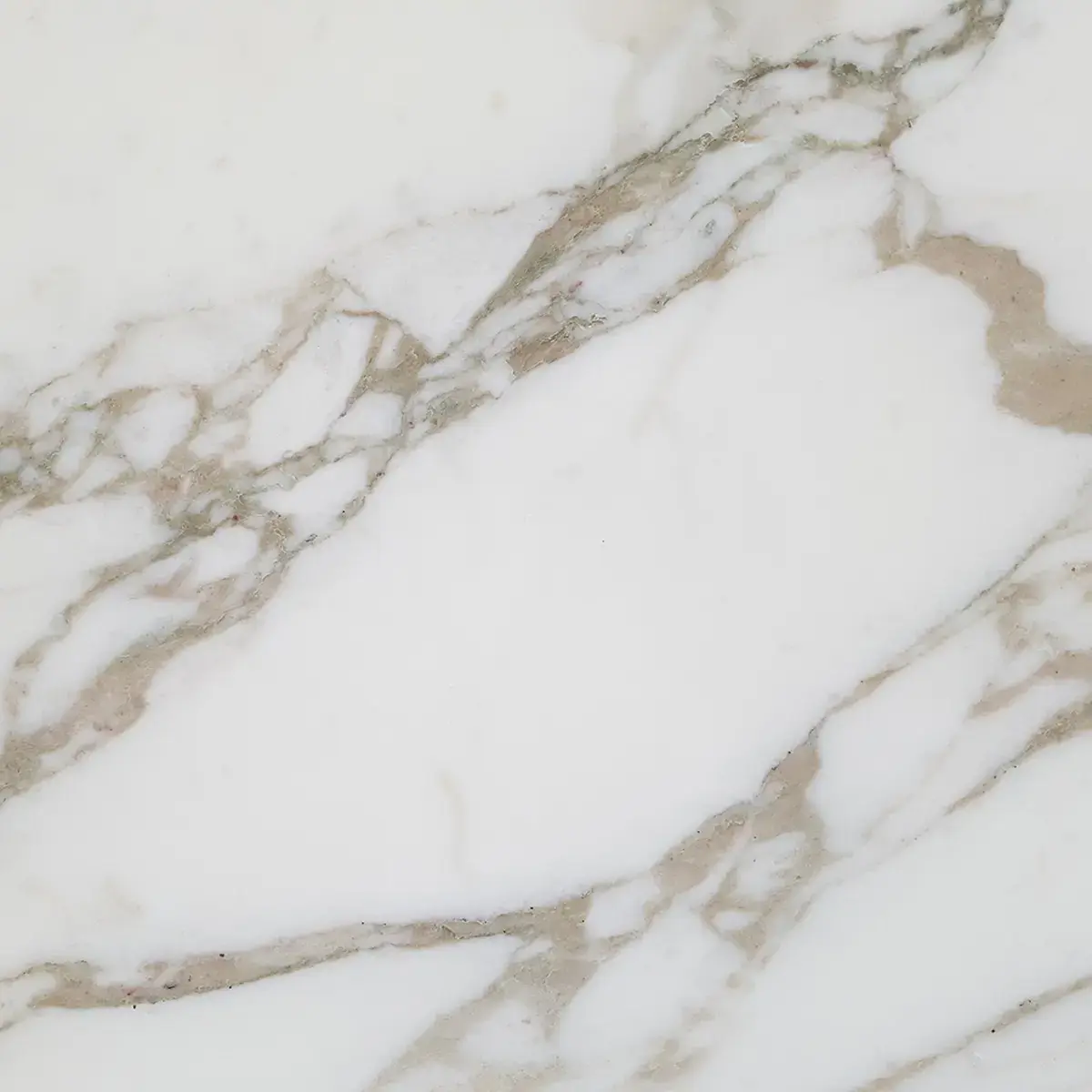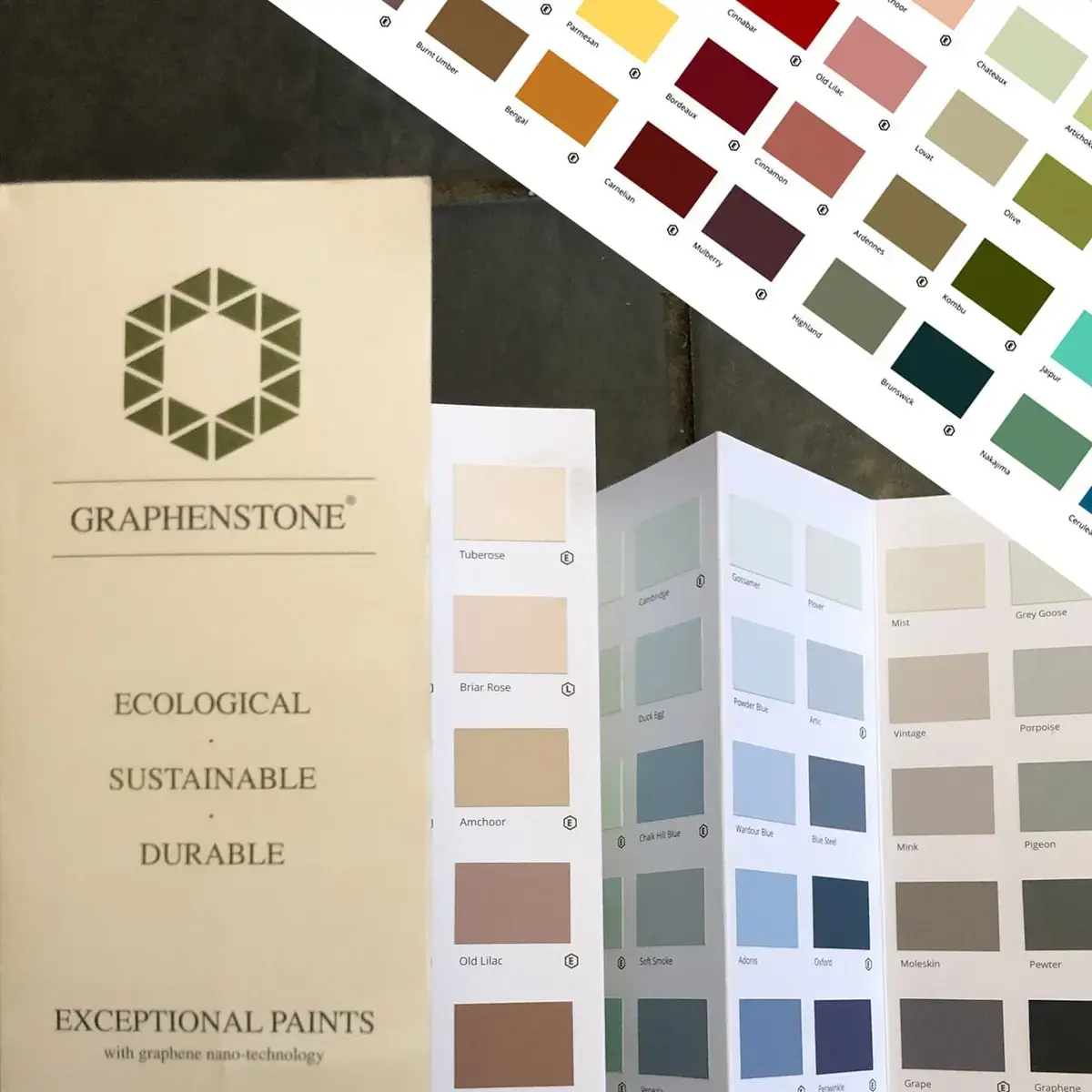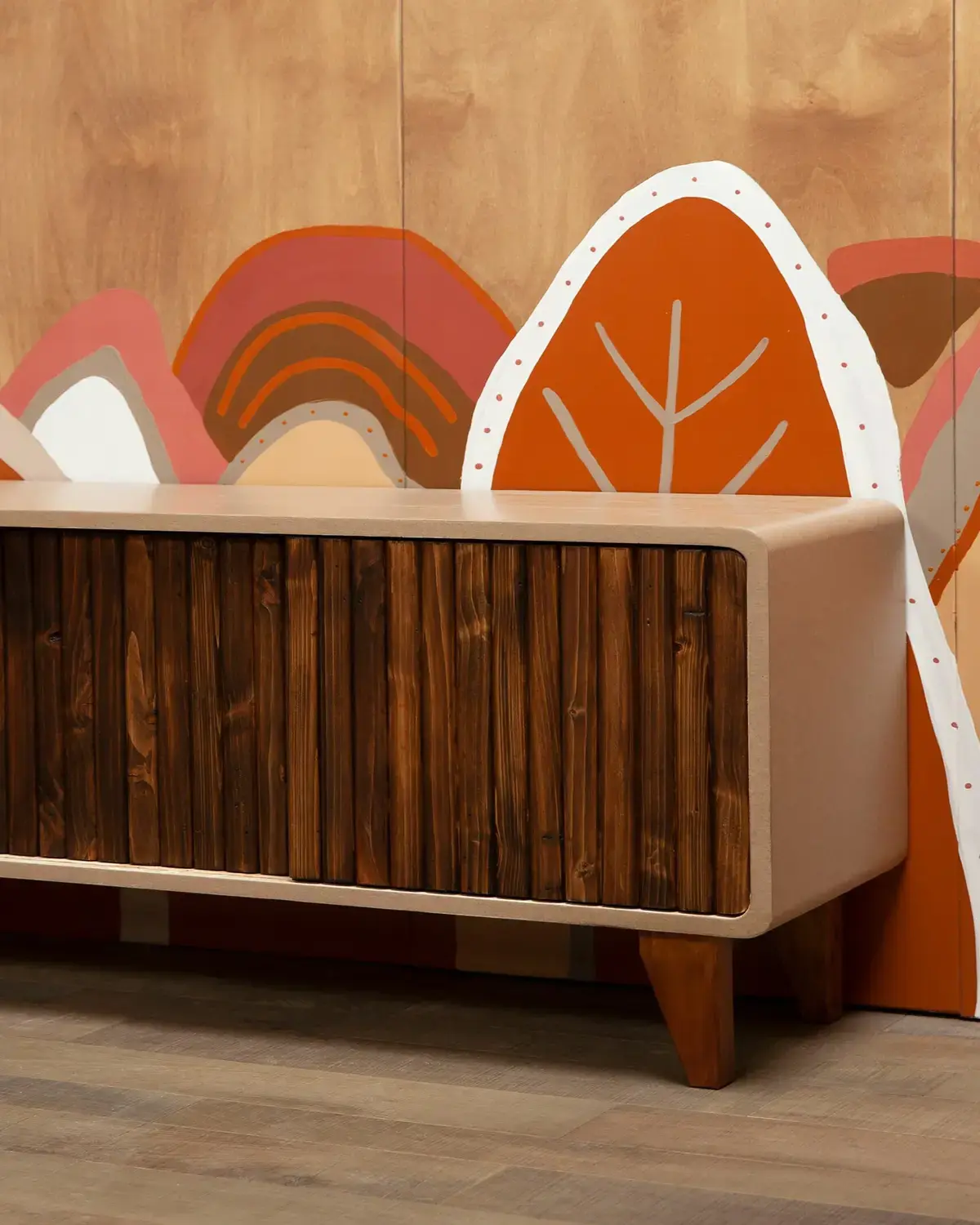- Log in to post comments

Mycelium Wall Tiles by Grown.bio: Insulating, Fire Resistant, Acoustic & Fully Compostable (www.grown.bio)
When it comes to renovating your home, the choice of materials plays a crucial role not just in aesthetics, but also in sustainability. As consumers become increasingly aware of the environmental impact of their purchases, selecting sustainable materials has become a priority. This blog post will delve into some key considerations when choosing materials for your home, such as ethical sourcing, the impact of manufacturing, product lifecycle considerations and health implications.
Choose your Materials Responsibly:
Choose your Materials Responsibly:
Before choosing materials for your home renovation, it's essential to ask the right questions. Keep these key considerations in mind:
- Renewability of Resources: Opt for materials sourced from fast-growing, abundant, and renewable resources. These materials regenerate quickly, making them a more sustainable choice compared to those that take longer to grow. Examples include pine and birch, which grow faster than woods like oak and walnut. Similarly, materials like cork and bamboo are highly sustainable due to their rapid growth.
- Recycled vs. Raw Materials: Materials made from or containing recycled content can have a significantly lower carbon footprint than those made using raw materials. Recycled materials require less energy to produce compared to raw, virgin resources, and help divert waste from landfill. Additionally, upcycling or reusing items you already have is another great way to reduce demand for new resources and minimise waste.
- Natural vs. Man-Made Materials: Consider the environmental impact of using natural versus synthetic materials. For example, natural materials like marble and other stones are appreciated for their beauty but can have significant environmental impacts due to quarrying and mining. Today, many companies employ sustainable practices to minimise these effects, such as responsible land management and reduced water usage. On the other hand, man-made materials like porcelain or sintered stone can offer similar aesthetics and functionality to marble. These materials are often produced using energy-efficient processes and abundant raw materials, minimising waste.
- Beware VOCs: Check for VOCs in products like retardants, adhesives and resins which are often used in manufacturing. VOCs can off-gas harmful chemicals into your home, negatively affecting indoor air quality. Opt for low-VOC or VOC-free products to promote a healthier living environment. To determine if a product contains VOCs, check the product labels and safety data sheets for VOC content information. In Europe, look for certifications such as the EU Ecolabel, Blue Angel, Indoor Air Comfort Gold, M1 Emission Classification or compliance with BREEAM standards.

Calacatta Oro Porcelain Surface by Infinity (www.infinitysurfaces.co.it)

Calacatta Vigli Oro Marble Surface through MKW (www.mkwsurfaces.co.uk)
Durability and Longevity
Durability and Longevity
Choosing materials known for their durability and long lifespan can help reduce the frequency of replacements, conserving resources and minimising waste. High-quality, long-lasting materials not only offer better performance, but also reduce long-term spending and contribute to a more sustainable way of living. Here are some top choices for durable and sustainable materials:
- Porcelain and Ceramic: Porcelain and ceramic are renowned for their durability, and resistance to scratches, stains, heat, and moisture. They are excellent choices for high-traffic areas and wet environments, such as kitchens and bathrooms. Their long lifespan reduces the need for frequent replacements. Additionally, many porcelain and ceramic products can be recycled at the end of their life, further contributing to sustainability.
- Natural Wood: Natural wood, when properly maintained, can be a highly durable and sustainable choice. Hardwoods like oak and maple are known for their strength and longevity. Sustainable sourcing practices, such as those certified by the FSC, ensure that the wood is harvested responsibly, promoting forest conservation and biodiversity. Properly finished and maintained, natural wood can last for generations.
- Engineered Wood: Engineered wood products can offer enhanced durability and stability compared to traditional solid wood. These materials are less prone to warping and are ideal for applications such as cabinetry, flooring, and furniture. When sourced responsibly, engineered wood can provide a long-lasting and eco-friendly option.
- Metal Finishes: Metals like stainless steel and aluminium are celebrated for their durability and resistance to corrosion. Commonly used in fixtures, appliances, and structural elements, these metals have a long lifespan and can be fully recycled at the end of their life. Their recyclability and longevity make them a sustainable choice, supporting circular economy principles and reducing the need for frequent replacements.
- Glass: Glass is a durable material with excellent longevity. It is resistant to wear and tear, and it can be easily cleaned and maintained. Many glass products, including countertops and tiles, are made from recycled glass, further enhancing their environmental benefits. Glass is also fully recyclable, contributing to a more sustainable lifecycle.
- Easily Repairable Products: Opt for finishes and products that can be easily repaired rather than replaced. For example, wall finishes like limewash can be spot-repaired more readily than standard paint, reducing the need for complete repaints.
- Modifiable and Modular Products: Choose products that can be adapted or repurposed as your needs change. For example, Puustelli offers a patented kitchen carcass system that can be modified and adapted. This flexibility allows a cupboard to be reconfigured from a set of drawers to a traditional cupboard, and vice-versa, making it easier to adjust to changing needs without replacing the entire unit.
By selecting materials that are made to last and considering repairable or adaptable options, you can minimise the need for frequent replacements, reduce environmental impact, and support sustainable practices. These durable choices not only enhance the longevity of your home’s features but also contribute to a more sustainable and resource-efficient future.

'Miinus' Ecological Kitchen Cabinetry by Finnish Manufacturer, Puustelli: Modular, Modifiable, Recyclable & Low VOC (https://www.puustelli.com/miinus-kitchens)
The Environmental Impact of Manufacturing
The Environmental Impact of Manufacturing
Manufacturing processes have a substantial environmental impact through energy consumption, waste production, and emissions. Considering energy-efficient methods, waste reduction, and green energy use, along with responsible packaging and carbon offsetting, can help to make sustainable choices.
- Energy Consumption: Production processes often require large amounts of energy, significantly contributing to carbon emissions. To address this, it's helpful to opt for materials and products manufactured using energy-efficient methods or renewable energy sources, such as solar, wind, or hydropower. Additionally, evaluating the energy profile of materials throughout their entire lifecycle, including extraction, production, and transportation, can help you to make more sustainable choices. By choosing materials and processes that consume less energy, you contribute to reducing overall carbon emissions.
- Minimising Waste: Effective waste management in manufacturing involves not only reducing the amount of waste generated but also reusing and recycling materials wherever possible. Implementing efficient manufacturing processes that recycle water, repurpose offcuts, and reduce scrap materials can significantly reduce waste. Companies that adopt zero-waste policies or use advanced technologies to minimise waste demonstrate a commitment to sustainability. Seeking out such companies ensures that your choices support more responsible and less wasteful production practices.
- Green Energy: Shifting to green energy sources is a crucial step in reducing the environmental impact of manufacturing. Incorporating renewable energy solutions, such as solar panels, wind turbines, or geothermal systems, into production processes helps decrease reliance on fossil fuels. Additionally, using recycled water in production can alleviate the strain on water resources and lower the overall environmental impact. By prioritising manufacturers that utilise green energy, you support efforts to mitigate climate change and promote sustainable energy practices.
- Waste and Pollution: Selecting materials produced with clean technologies is vital for minimising emissions and limiting waste generation. Companies that adhere to strict environmental regulations and employ advanced filtration systems or emission controls are more likely to use sustainable manufacturing processes. Look for certifications or standards that indicate a commitment to reducing pollution and enhancing environmental performance. These practices help to ensure the materials you choose contribute to a cleaner and healthier environment.
- Carbon Offsetting: Many manufacturers have adopted carbon offsetting programmes to mitigate their carbon footprint. These programmes often involve investing in projects, such as tree planting or renewable energy initiatives. For instance, companies might fund reforestation projects to absorb CO2 or support clean energy developments to balance out emissions. While carbon offsetting can be a valuable component of a broader sustainability strategy, it does not eliminate the emissions generated during production. It is most effective when combined with direct measures to reduce emissions at the source. Therefore, companies should avoid relying solely on offsets and focus on making substantial changes to their manufacturing processes to achieve deeper environmental improvements.
- Packaging: How the products are packed once manufactured is also worth consideration. Look for products with minimal, recyclable, or biodegradable packaging to further reduce environmental impact.
Ethical Sourcing and Social Responsibility
Ethical Sourcing and Social Responsibility
Understanding the origin and manufacturing process of materials is also crucial in selecting sustainable options.
- Fair Labour Practices: Sourcing materials from suppliers who adhere to fair labour practices, offering fair wages and safe working conditions, is essential. Certifications such as FSC (Forest Stewardship Council) and PEFC (Programme for the Endorsement of Forest Certification) ensure that wood products come from responsibly managed forests and that workers are treated fairly.
- Certifications: Numerous certifications help identify sustainable and ethically produced materials. In addition to FSC and PEFC, look for certifications such as:
- Cradle to Cradle (C2C): Includes a Social Fairness category, ensuring equitable labour practices.
- ISO 26000: Provides guidelines for social responsibility.
- ISO 45001: Focuses on occupational health and safety management systems.
- Locally vs Imported: Locally sourced materials can have a lower carbon footprint due to reduced transportation emissions and support the local economy.
By considering these factors, you can make more informed and responsible choices when selecting sustainable materials for your home.

Ecologocial Paints by Graphenstone (https://www.graphenstone.co.uk/)
Health Considerations
Health Considerations
- Low-VOC Paints and Finishes: VOCs in many paints and finishes can off-gas harmful chemicals. Low-VOC or no-VOC options are safer for the environment and indoor air quality. You may also wish to favour paints which do not contain plastic, but instead contain natural ingredients.
- Silica: This is a natural mineral found in quartz, granite, and some engineered stone countertops. While it's considered safe when bound in these materials, the dust created during cutting and installation can be harmful if inhaled, leading to lung problems like silicosis. Because of these risks, countries like the United States and Australia have strict rules to limit exposure to silica dust. To stay safe, professionals use wet-cutting techniques, good ventilation, and protective gear when working with these materials. Once installed, silica-containing countertops are considered safe but you may prefer not to use materials that could potentially result in the ill-health of those manufacturing them.
End-of-Life Disposal
End-of-Life Disposal
It's crucial to consider what happens to materials at the end of their lifecycle. Evaluating the recyclability and disposal methods of materials can significantly influence their overall environmental impact.
- Biodegradable Options: Opt for biodegradable materials that decompose naturally to reduce landfill waste.
- Recyclable Materials: Choose materials that can be easily recycled, such as metals, glass, certain plastics, and some types of wood, to help conserve natural resources.
- Safe Disposal: Ensure that non-recyclable or non-biodegradable materials can be safely disposed of without releasing harmful substances.
- Take-Back Programmes: Look for manufacturers that offer take-back programmes for their products, promoting responsible waste management.
- Durability and Longevity: Selecting durable, long-lasting materials can reduce the frequency of replacements and the amount of waste generated.
- Repurposing and Upcycling: Consider how materials can be repurposed or upcycled instead of being discarded.
- Local Recycling Facilities: Research local recycling facilities to ensure the materials you choose can be processed locally, minimising transportation emissions.
When considering these factors, you can make choices that minimise environmental impact, support sustainable waste management practices, and contribute to a circular economy where resources are reused and recycled effectively.

Sustainable Sideboard by Tomas & Jani. They encourage customers to return products to them at the end of their lifecycle so they can make them into something new. (https://www.tomasandjani.co.uk/)

Boards by HONEXT® are used for a variety of interior applications. Made from recycled materials, they are non-toxic and fully recyclable at the end of their life. (https://honextmaterial.com/)
In Summary...
In Summary...
Selecting sustainable materials involves careful consideration. It is important to remember that nothing is perfect. When making decisions you will often find there is a trade-off, but by choosing materials that are ethically sourced, produced with minimal environmental impact, and designed to last, we can create beautiful, functional spaces that are kinder to the planet. As the demand for sustainable options grows, continued innovation will provide even more opportunities to make environmentally responsible choices. When planning your next renovation project, ask the right questions, look for certifications, and prioritise sustainability to contribute to a healthier and more sustainable world.
